Representation in Art Education
Why (and how) do we tackle representation, period? It’s this ongoing divide that exists within the very fabric of global society, and takes on a majorly intimidating responsibility for those who wish to join the battle.
We at 3RD WRLD are taking a look inside the art world, and unpacking the multitude of prejudicial layers that determine how far the average minority artist can get — how racism exists in the fibre of the industry from education to exhibitions and the division of wealth, and what’s being done to address it.
With this article, we begin with education as it plays a critical role in moulding us to take our place in society and either uphold or challenge the status quo.
In an open letter to art educators on Constructing An Anti-Racist Agenda, James Haywood Rolling, Jr, the President-Elect of the National Art Education Association, declared the term systemic racism redundant. He went on to quote environmental scientist and systems expert Donella Meadows, “a system is a set of things — people, cells, molecules, or whatever — interconnected in such a way that they produce their own pattern of behaviour over time.” In short, the very nature of racism is systemic and it begins in education. Therefore, studies suggest that [systemic] racism has shaped our perception of art. Let’s start here: you’re a student in art school. You’re in the very first year of classes where you get to learn the foundation in which art and design began, and the most pivotal and recognised artists of our past, according to these institutions, are 95% white men. Flash forward to post-degree: those who look like them are more likely to gain access to museums, galleries, rise to positions of power in the art hierarchy, and are paid most handsomely for their work.
On the plus side, statistics show that the student body of art schools have grown more diverse in recent years, with the University of Arts London recording 44% of students from a Black or Minority Ethnic (BAME) background in 2016 as compared to 40% in 2014. The Art Center College of Design (US) saw a 5% increase of BAME students between 2012 to 2017 from 47% to 52%.
Nevertheless, while the student body becomes more heterogeneous, what happens at a post-graduate and career level is still an alarming crisis. The very onset of inequality in the classroom has a trickling effect on students applying for arts-based careers, as they are seen as out of reach for young people from lower socio-economic backgrounds. Moreover, most internships are deemed vital for getting your foot in the door for many professions in the arts, yet unpaid internships are only an option for individuals privileged enough to not need an income. On the other hand, art educators of colour continue to be underrepresented and thus impacts what is taught to the student body. There is a disconnect between those who set the programs of study and those who learn it. According to the 2019 State of Art Education Survey, over 96% of art educators expressed that they have significant control over what they teach, yet works by people of colour frequently find themselves in elective courses rather than part of the core syllabus.
Take a deep breath, there’s hope.
Much like the Art Education Association, many learning institutions have made small steps towards rectifying this inequality through committees and initiatives to variegate their student body, teaching body, and curriculums. Resources such as Anti-Racist Art Teachers have also become more readily available to help art educators of all races avoid a biased curriculum. That said, there’s still a long way to go.
Recommended learning list for those who are curious:



